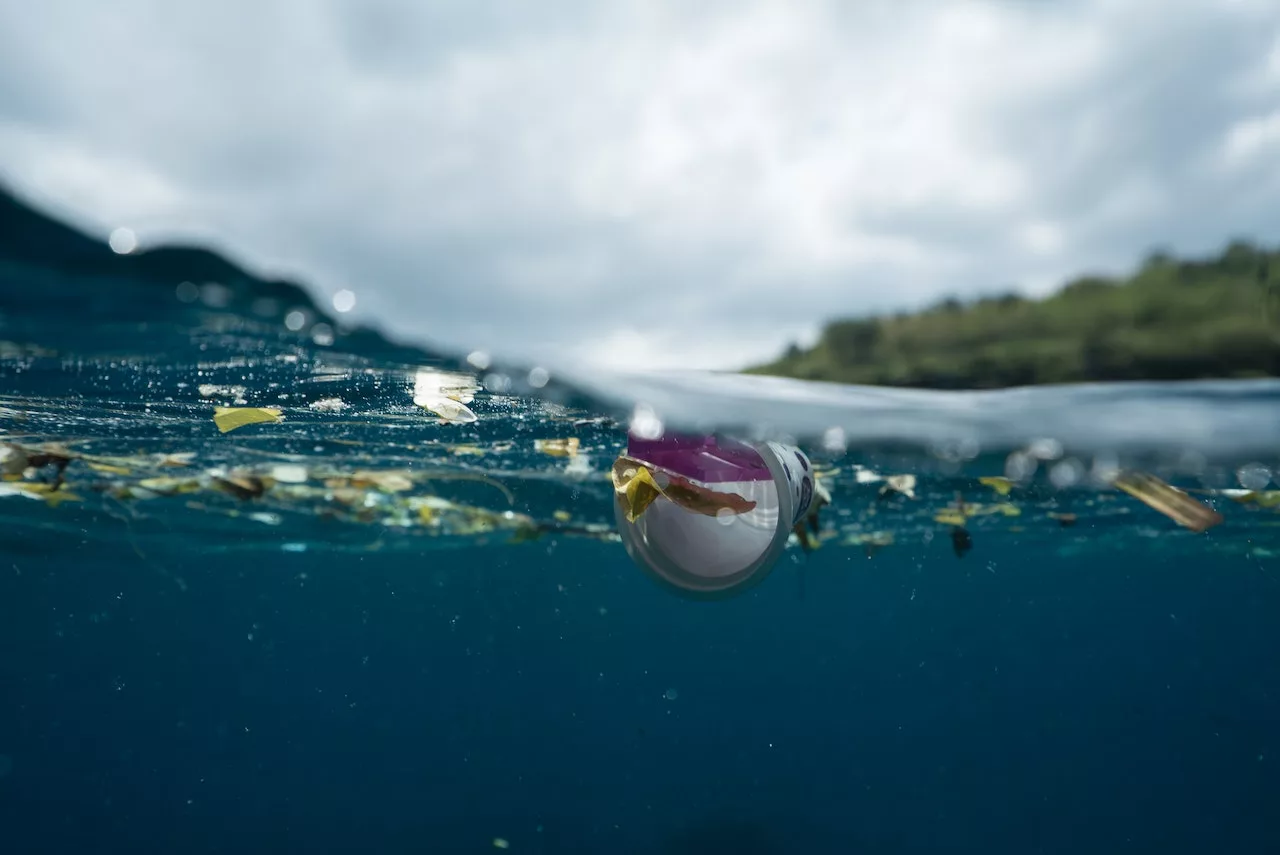Bacteria can help us become more sustainable. Image credit: Pexels.
Isabel Hubbard, a student at The Abbey School, Reading, is the Year 12-13 winner of the 2023 Schools Science Writing Competition. You can read more about the winners and runners-up here.
From frisbees to toothbrushes, plastics shape our lives offering us revolutionary conveniences in medicine, food storage and water extraction. Plastic originated in 1862 but its use did not spike until the 1940s as consumers and producers craved its versatility and attractive low cost. Nevertheless, plastic is far from innocent as we are warned of toxic microplastic accumulation infiltrating our meals and of plastic’s unsustainable extraction and production from fossil fuels which is detrimental to our planet, accountable for 6% of oil consumption and large volumes of greenhouse gas emissions contributing to climate change as they trap heat and add to air pollution.
If this was not a sufficient deterrent for the use of these materials, we are faced with the problem of what to do when it is discarded as many plastics are designed to be single use. When irresponsibly abandoned, this waste produces further emissions when exposed to solar radiation and left in landfill. When plastic waste is burnt, it releases toxic gases, polluting our air. Plastics are infamously non-biodegradable with strong carbon-carbon bonds between the petroleum-derived propylene used in the manufacturing process creating long chains named polypropylene. Since it is yet to even turn a century since plastic’s widespread use, organisms have not evolved to possess the enzymes and metabolic pathways necessary to degrade plastic as a man-made, highly unnatural material. Leaving us to question whether we have bitten off more than we can chew.
From frisbees to toothbrushes, plastics shape our lives offering us revolutionary conveniences in medicine, food storage and water extraction.
Thankfully, there have been optimistic breakthroughs. Poly(ethylene terephthalate) (PET) is a common type of plastic. In terms of breaking it down, it was considered that solely a few fungal species could enzymatically degrade PET at a slow rate but in Osaka in 2016 researchers managed to find bacteria isolated from outside a bottle recycling factory that can break down and metabolise PET more efficiently called Ideonella sakaiensis 201-F6. This bacterium uses PET as a carbon and energy source and produces two enzymes capable of breaking PET down into terephthalic acid and ethylene glycol. The genes coding for these enzymes were isolated and two years later the researchers unveiled a genetically engineered version as a result of serendipity which worked 20% faster at breaking PET down.
If we fast forward to September 2020, bioengineers were able to combine these two plastic-eating enzymes to produce one which can break down plastic at 6 times the pace, working optimally at room temperature.
As a world first, a company named Carbios are working to optimise the ability of naturally occurring enzymes to decompose polyesters. They have an enzymatic recycling process which uses enzymes to break down PET then they purify the resulting monomers and re-polymerise them into new PET allowing for infinite recycling. Carbios have joined with companies including L’Oréal to encourage the circular economy of plastics.
Research by Carbios screened 100,000 microorganisms, discovering that the leaf-branch compost cutinase enzyme (LCC) outperformed other enzymes at depolymerising PET with a rate 33 times faster. They modified LCC, introducing mutations to improve its ability to break down PET and stabilise it at 72℃, close to the optimal temperature for degradation. They used the improved enzyme to decay a tonne of plastic bottles, of which 90% were degraded in 10 hours, an incredibly promising discovery.
Despite these groundbreaking advances, reducing our plastic usage would be the ideal situation.
A second type of plastic is polyurethane (PU) used in kitchen sponges to footwear. Research in Germany in March 2020 found a bacterium named Pseudomonas in soil which biologically degrades this plastic. When PUs are broken down they release harmful chemicals which kill most bacteria, yet Pseudomonas can use PU as an energy, carbon and nitrogen source. It would be revolutionary to put these components to use as there are vast amounts in the plastic which floods our environment.
The potential for use of these modern enzymes is vast as enzymes are non-toxic and biodegradable. Scientists have suggested combining these enzymes with ones that break down natural fibres or mass producing bacteria to spray onto plastic waste. Yet the latter comes with unpredictable environmental concerns of releasing engineered microorganisms into our ecosystem.
Despite these groundbreaking advances, reducing our plastic usage would be the ideal situation. Yet, these discoveries are pivotal to aid with finding a solution to the pressing issue of climate change.





